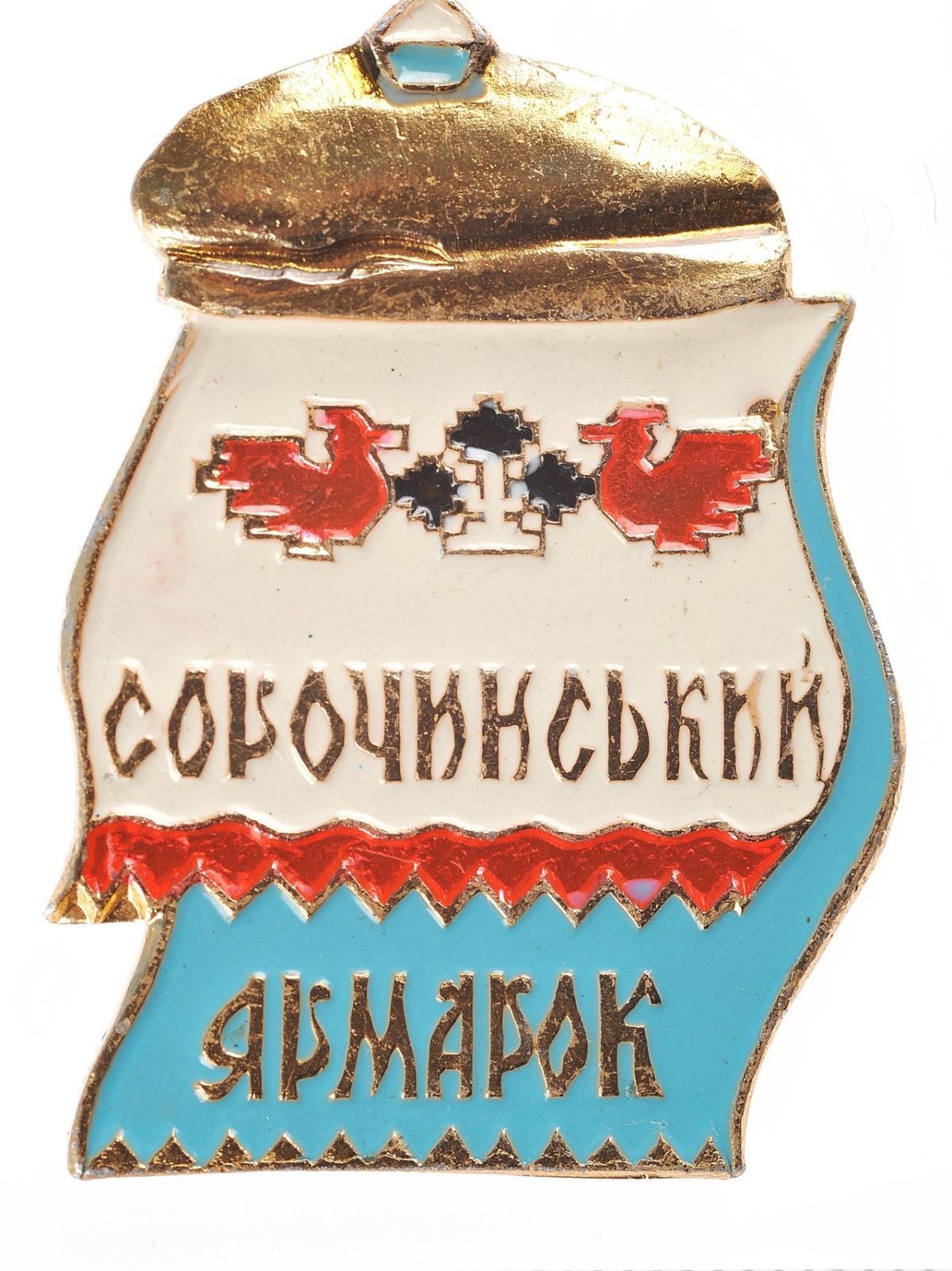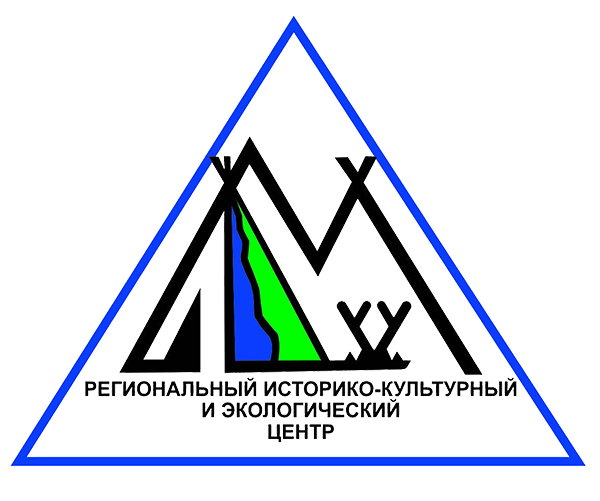Рубрика: Предметы и Факты (+ translation) (от 30.07.2024)

В X – XII веках на Руси начали проводиться первые ярмарки, которые называли «торги» или «торжки». Эти мероприятия проходили как в городах, так и в деревнях, продолжались всего несколько дней и были ориентированы на продажу одного вида товара, будь то хлеб, скот или ткани. Сам термин «ярмарка» вошел в русский язык в XVII веке, заимствовавшись из немецкого языка (Jahrmarkt: Jahr – год, Markt – рынок), когда на торжки стали приезжать зарубежные торговцы. В России в период с XIV по XIX века насчитывалось около 18,5 тысяч ярмарок, особенно много их проводилось на Украине, а также в Вологодской, Пермской и Самарской губерниях.
В XVI веке значительная часть внутренней торговли России контролировалась монастырями. Главные ярмарки приурочивались к религиозным праздникам. Сельские ярмарки играли важную роль в постоянной цепи ярмарочной торговли на местах. Их проведение было возможно по просьбе крестьян и с одобрения правительственных органов. Торги находились под надзором чиновников и целовальников, которые имели уставную грамоту, регламентировавшую порядок торговли и сбор пошлин для казны. Зимой торговля была особенно активной, поскольку перевозка товаров летом обходилась в четыре раза дороже. Например, в Вологде ежегодная ярмарка проходила в январе. К этому времени сюда поступали товары с осенней Архангельской ярмарки, а с юга доставлялись товары для дальнейшего экспорта в другие регионы России и за границу через Архангельск. Таким образом, Вологда служила важным транзитным пунктом для перевозки товаров.
Развитие ярмарок в России в эпоху правления Петра I представляет собой интересный процесс. Первый российский император выделял две ключевые особенности ярмарочной деятельности: внутренний товарооборот и расширение торговых связей с иностранными государствами. В регламенте 1721 года указывалось, что магистрат обязан способствовать увеличению числа ярмарок и торгов в городах и уездах, особенно в тех местах, которые имеют свободный водный доступ. Это способствовало увеличению государственных сборов, развитию торговли и промыслов, а также обеспечивало благосостояние народа.
С течением времени география проведения ярмарок значительно расширялась. К середине XIX века в России насчитывалось более 5,5 тысяч ярмарок, из которых около 5,2 тысяч проходили в уездах и сельской местности. Ярмарки постепенно превращались в крупнейшие центры оптовой торговли.
В Советской России ярмарки утратили свое значение. Лишь в период нэпа они стали понемногу возрождаться, в 1926 г. было проведено более 7 тыс. ярмарок. Однако память об этой традиции осталась в умах и настроениях, наш сегодняшний значок времен СССР – главное тому подтверждение. Сорочинская ярмарка имеет достаточно занимательную историю, ведь свою известность она получила после выхода одноименной повести за авторством Николая Васильевича Гоголя, он был уроженцем села Сорочинцы. Значок был получен нами в дар от Т.П. Адартасовой.
#Значок #СССР
In the 10th and 12th centuries, the first fairs in Russia began to be held, which were called “trades” or “torzhki”. These events took place in both cities and villages, lasted only a few days and were focused on the sale of one type of goods, be it bread, livestock or cloth. The term “yarmarka” (fairground) entered the Russian language in the XVII century, borrowed from the German language (Jahrmarkt: Jahr - year, Markt - market), when foreign traders began to come to the trades. In Russia in the period from XIV to XIX centuries there were about 18.5 thousand fairs, especially many of them were held in Ukraine, as well as in the Vologda, Perm and Samara provinces.
In the XVI century, a significant part of Russia's internal trade was controlled by monasteries. The main fairs were timed to coincide with religious holidays. Rural fairs played an important role in the permanent chain of local fair trade. They could be held at the request of peasants and with the approval of government authorities. Trades were supervised by officials, who had a charter that regulated the order of trade and the collection of duties for the treasury. Trade was especially active in winter, because transportation of goods in summer was four times more expensive. For example, in Vologda the annual fair was held in January. By this time goods from the fall Arkhangelsk fair arrived here, and goods were delivered from the south for further export to other regions of Russia and abroad via Arkhangelsk. Thus, Vologda served as an important transit point for the transportation of goods.
The development of fairs in Russia during the reign of Peter the Great is an interesting process. The first Russian emperor emphasized two key features of fair activities: domestic commodity turnover and expansion of trade relations with foreign countries. The regulations of 1721 stated that the magistrate was obliged to promote an increase in the number of fairs and trades in cities and districts, especially in those places that had free water access. This contributed to the increase of state fees, the development of trade and crafts, and ensured the welfare of the people.
Over time, the geography of fairs expanded significantly. By the middle of the XIX century in Russia there were more than 5.5 thousand fairs, of which about 5.2 thousand were held in the counties and rural areas. Fairs gradually turned into major centers of wholesale trade.
In Soviet Russia, fairs lost their significance. Only during the NEP period (New Economic Policy) they began to revive, in 1926 more than 7 thousand fairs were held. However, the memory of this tradition remained in the minds and moods, our today's badge of the USSR times is the main confirmation of it. Sorochinskaya Fair has a rather interesting history, because it became famous after the publication of the novel of the same name by Nikolai Vasilyevich Gogol, who was a native of the village of Sorochintsy. We received the badge as a gift from T.P. Adartasova.
Методист МОД,
Н.С. Сологуб
В XVI веке значительная часть внутренней торговли России контролировалась монастырями. Главные ярмарки приурочивались к религиозным праздникам. Сельские ярмарки играли важную роль в постоянной цепи ярмарочной торговли на местах. Их проведение было возможно по просьбе крестьян и с одобрения правительственных органов. Торги находились под надзором чиновников и целовальников, которые имели уставную грамоту, регламентировавшую порядок торговли и сбор пошлин для казны. Зимой торговля была особенно активной, поскольку перевозка товаров летом обходилась в четыре раза дороже. Например, в Вологде ежегодная ярмарка проходила в январе. К этому времени сюда поступали товары с осенней Архангельской ярмарки, а с юга доставлялись товары для дальнейшего экспорта в другие регионы России и за границу через Архангельск. Таким образом, Вологда служила важным транзитным пунктом для перевозки товаров.
Развитие ярмарок в России в эпоху правления Петра I представляет собой интересный процесс. Первый российский император выделял две ключевые особенности ярмарочной деятельности: внутренний товарооборот и расширение торговых связей с иностранными государствами. В регламенте 1721 года указывалось, что магистрат обязан способствовать увеличению числа ярмарок и торгов в городах и уездах, особенно в тех местах, которые имеют свободный водный доступ. Это способствовало увеличению государственных сборов, развитию торговли и промыслов, а также обеспечивало благосостояние народа.
С течением времени география проведения ярмарок значительно расширялась. К середине XIX века в России насчитывалось более 5,5 тысяч ярмарок, из которых около 5,2 тысяч проходили в уездах и сельской местности. Ярмарки постепенно превращались в крупнейшие центры оптовой торговли.
В Советской России ярмарки утратили свое значение. Лишь в период нэпа они стали понемногу возрождаться, в 1926 г. было проведено более 7 тыс. ярмарок. Однако память об этой традиции осталась в умах и настроениях, наш сегодняшний значок времен СССР – главное тому подтверждение. Сорочинская ярмарка имеет достаточно занимательную историю, ведь свою известность она получила после выхода одноименной повести за авторством Николая Васильевича Гоголя, он был уроженцем села Сорочинцы. Значок был получен нами в дар от Т.П. Адартасовой.
#Значок #СССР
In the 10th and 12th centuries, the first fairs in Russia began to be held, which were called “trades” or “torzhki”. These events took place in both cities and villages, lasted only a few days and were focused on the sale of one type of goods, be it bread, livestock or cloth. The term “yarmarka” (fairground) entered the Russian language in the XVII century, borrowed from the German language (Jahrmarkt: Jahr - year, Markt - market), when foreign traders began to come to the trades. In Russia in the period from XIV to XIX centuries there were about 18.5 thousand fairs, especially many of them were held in Ukraine, as well as in the Vologda, Perm and Samara provinces.
In the XVI century, a significant part of Russia's internal trade was controlled by monasteries. The main fairs were timed to coincide with religious holidays. Rural fairs played an important role in the permanent chain of local fair trade. They could be held at the request of peasants and with the approval of government authorities. Trades were supervised by officials, who had a charter that regulated the order of trade and the collection of duties for the treasury. Trade was especially active in winter, because transportation of goods in summer was four times more expensive. For example, in Vologda the annual fair was held in January. By this time goods from the fall Arkhangelsk fair arrived here, and goods were delivered from the south for further export to other regions of Russia and abroad via Arkhangelsk. Thus, Vologda served as an important transit point for the transportation of goods.
The development of fairs in Russia during the reign of Peter the Great is an interesting process. The first Russian emperor emphasized two key features of fair activities: domestic commodity turnover and expansion of trade relations with foreign countries. The regulations of 1721 stated that the magistrate was obliged to promote an increase in the number of fairs and trades in cities and districts, especially in those places that had free water access. This contributed to the increase of state fees, the development of trade and crafts, and ensured the welfare of the people.
Over time, the geography of fairs expanded significantly. By the middle of the XIX century in Russia there were more than 5.5 thousand fairs, of which about 5.2 thousand were held in the counties and rural areas. Fairs gradually turned into major centers of wholesale trade.
In Soviet Russia, fairs lost their significance. Only during the NEP period (New Economic Policy) they began to revive, in 1926 more than 7 thousand fairs were held. However, the memory of this tradition remained in the minds and moods, our today's badge of the USSR times is the main confirmation of it. Sorochinskaya Fair has a rather interesting history, because it became famous after the publication of the novel of the same name by Nikolai Vasilyevich Gogol, who was a native of the village of Sorochintsy. We received the badge as a gift from T.P. Adartasova.
Методист МОД,
Н.С. Сологуб
